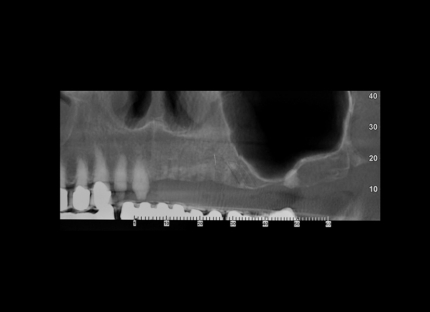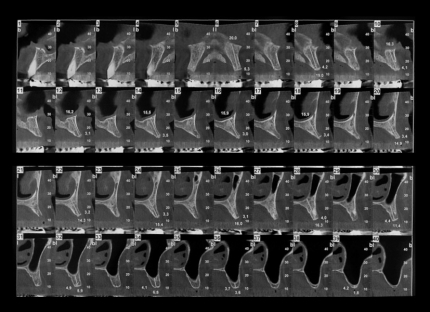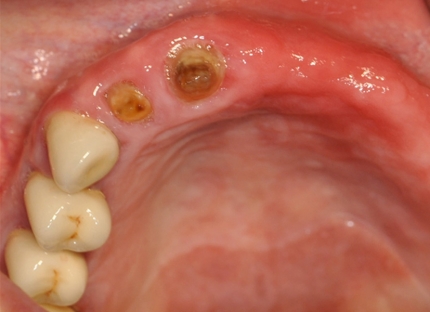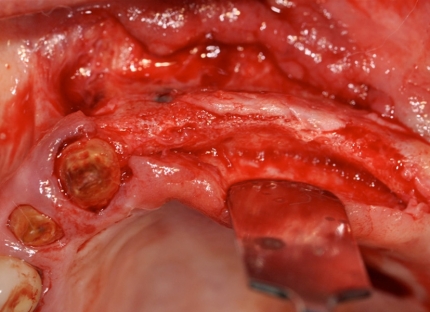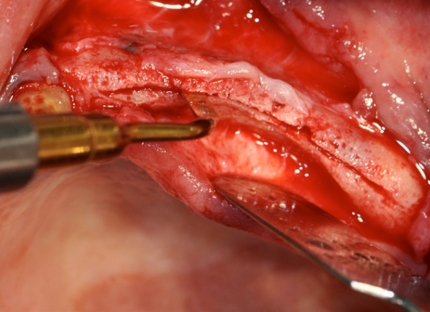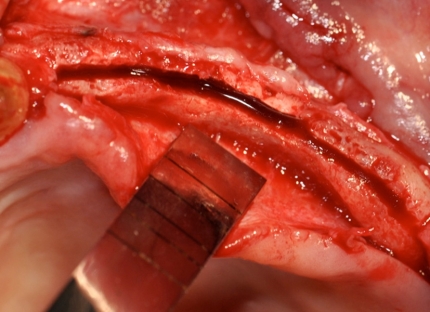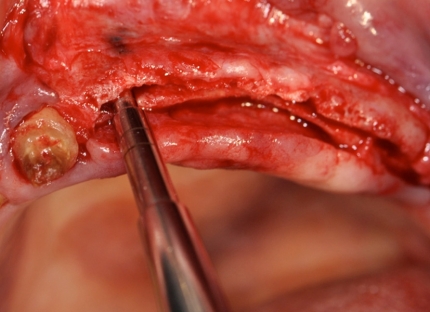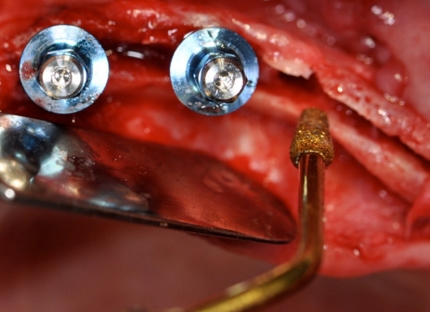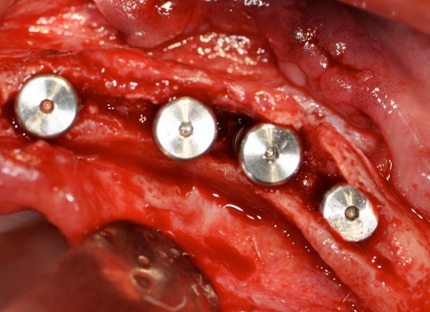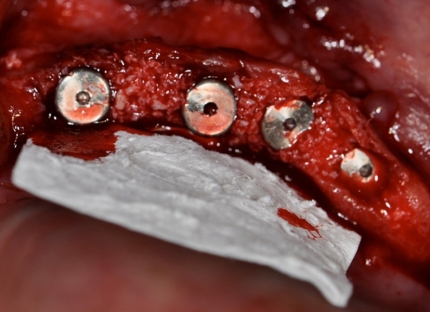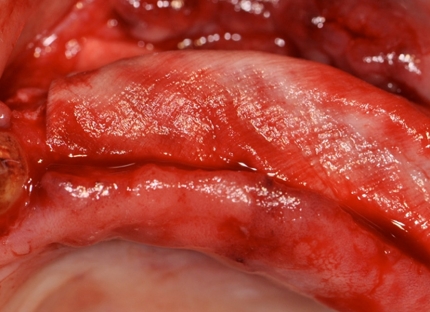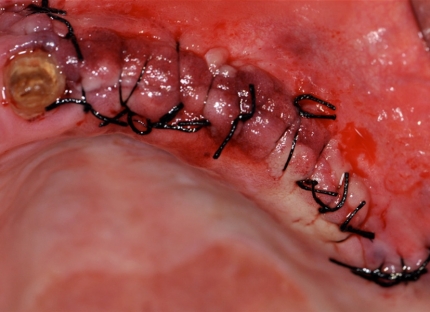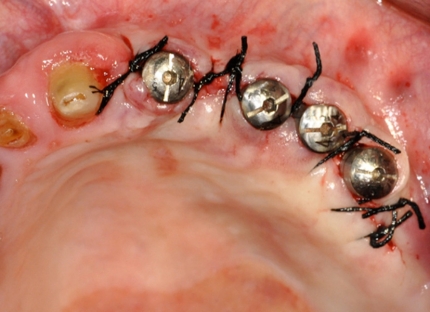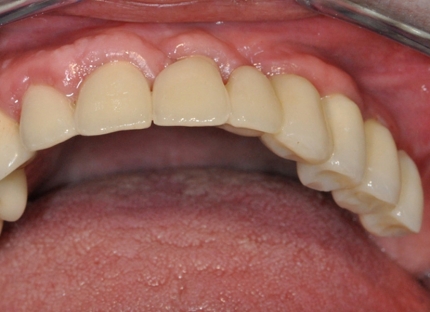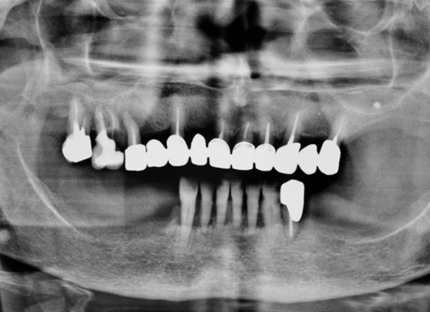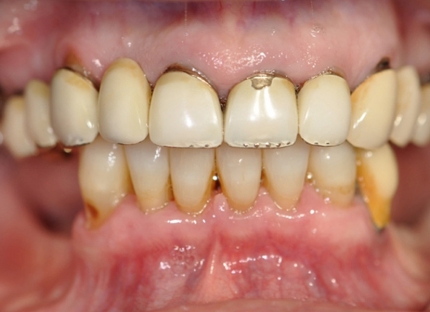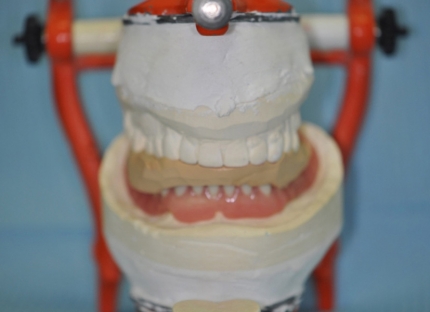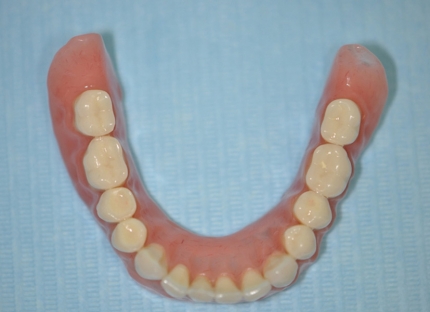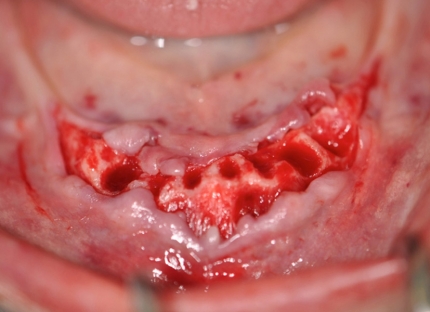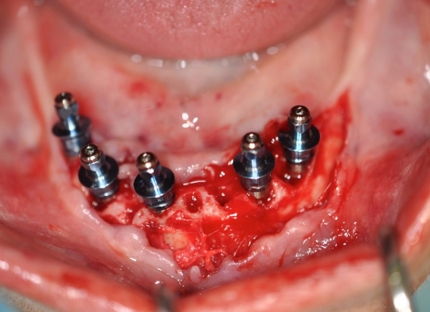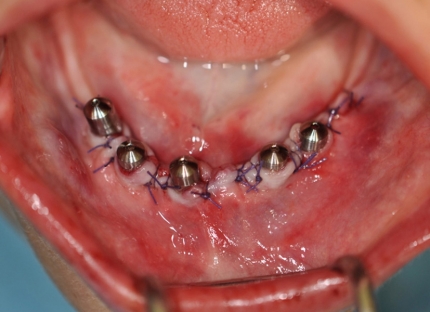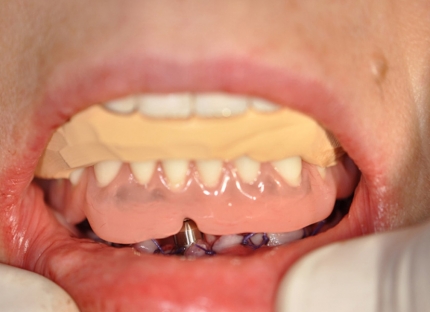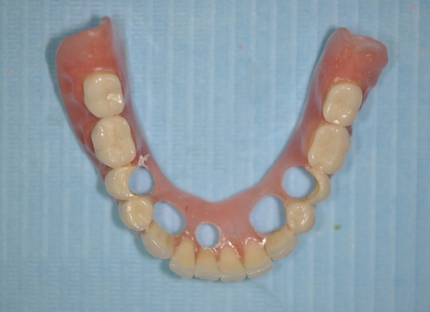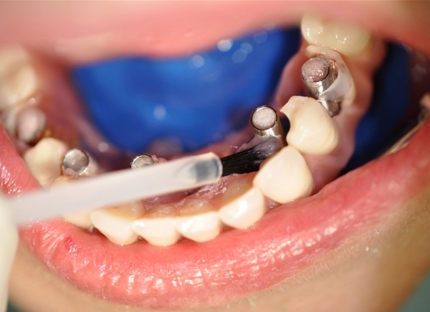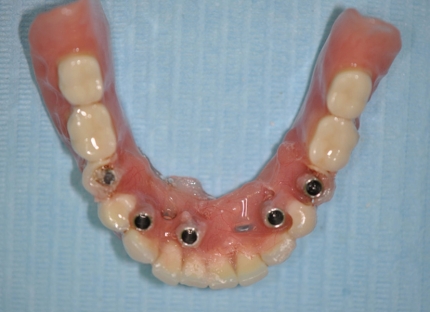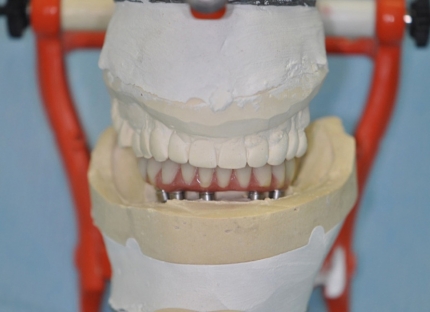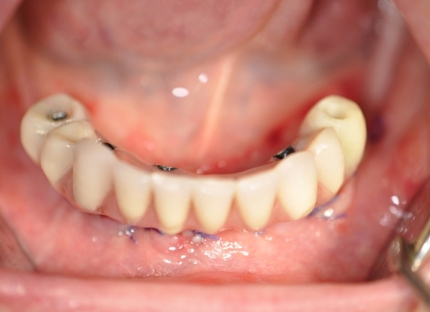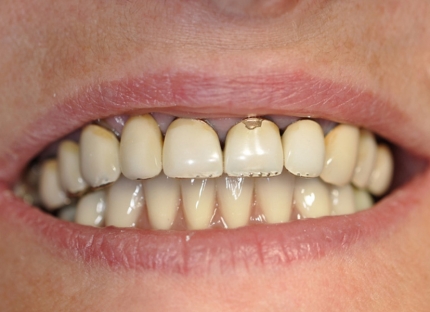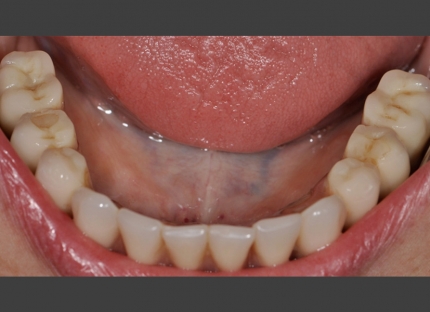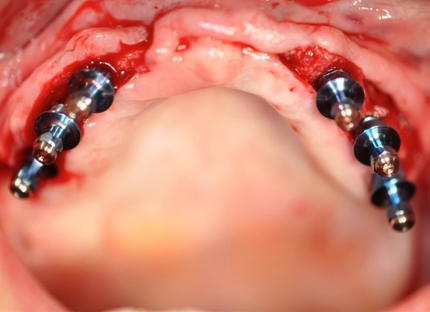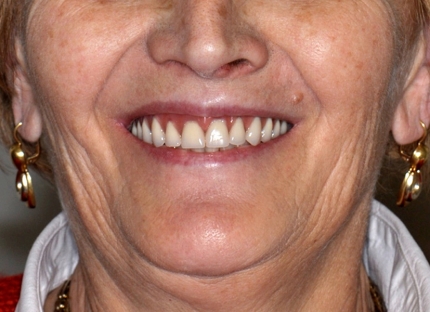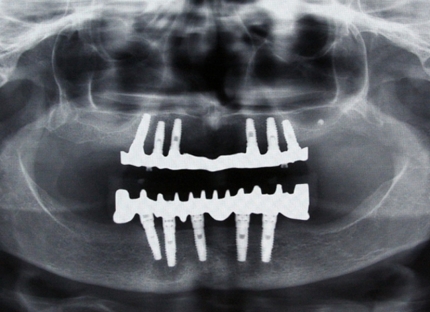bone grafting
implants
- bone grafting
implants - What is dental implantology?
A dental implant is a metal screw that is placed into the jaw bone (endosseous implant) during outpatient surgeries in order to be considered as an "artificial root" on which the dental prosthesis is constructed.
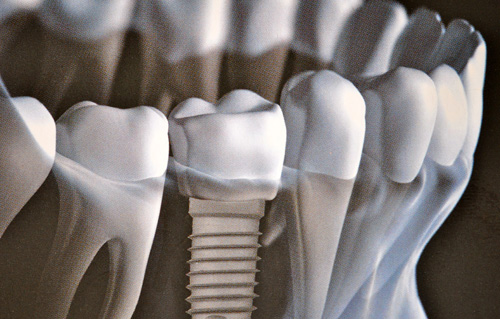
Implantology has the purpose to restore lost teeth in so as to replace the natural one, without resorting to annoying removable prosthetics (known as dentures or partial dentures) or prosthetic bridges.
What are implants made of and what does healing entail?
The implants are made of titanium (totally inert material), well tolerated by the human body. Once inserted, the implants undergo a biological process called osseointegration an intimate relationship between the implant and the the surrounding bone. This is the reason why the implant heals well.
Rejection in implantology does not exist as there is no possibility of adverse immunological reaction as may happen in transplants from donors. However, there is a small percentage of implants (about 2-3%) that does not heal in the best way. In these cases, osseointegration doesn't occur for various reasons and these implants are lost. This does not affect the fitting of a new implant in the same area after healing.
Prerequisites for the success of dental implants are a good general and local oral cavity health and, especially, proper oral hygiene; cigarette smoking is one of the worst enemies of the mouth and reduces the success rate of implant fitting.
Scientific studies have shown that long-term success rate of dental implants after 15 years is greater than 96%. However, like natural teeth, the implants also require careful monitoring and appropriate care.
What is the procedure and what is the timeframe?
The surgery is planned with careful evaluation of an Orthopantomography and a CT scan to verify that the bone of the area where the implant is placed is adequate in height and thickness.
The surgery is performed as an outpatient procedure under local anesthesia with very effective anesthetics and the patient does not feel any pain.
After the surgery, it is necessary to let from 3 to 6 months pass in order to load the implants with the prosthesis.
What are the possibilities of implantolgy?
It is essential that the surgeon and restorative dentist (who will make the prosthesis on the implants) work in close collaboration in that the implantology must be guided towards obtaining the type of prosthesis planned and agreed with the patient. Good planning of the prosthesis and the correct insertion of the implants are the prerequisites for success. In ideal conditions, the implants can be placed directly in the position where teeth are absent (edentulous area) thus allowing rehabilitation with a fixed prosthesis. When local and anatomical conditionsare favourable, it's possible to insert the implants at the same time of the teeth removal (immediate post-extraction implants).
Implants can be placed in the jaws when the patient already has a complete denture that often has instability problems during phonation or chewing, and in these cases the implants are used to anchor the denture to the bones and prevent it from moving inside the mouth, thus providing stability to the denture. A new era of implants, but which is now well established, is the ability to perform the prosthetic rehabilitation simultaneously to the implants (immediate load implants), without requiring further healing time and allowing patients to leave the office on the same day the implants are placed.
Today, there is the possibility to perform computer-guided implant insertions that, thanks to a virtual planning e on a computer, allows performing an implant surgery with minimally invasive techniques, thus reducing surgery times and improving the patient’s comfort.
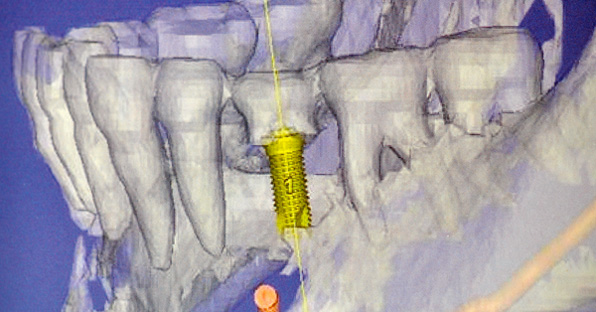
Computer-guided implant surgery
In cases where there is not enough bone for simple dental implant surgery, how can the surgeon intervene?
The process leading to tooth loss also causes mandible and maxilla bone reabsorption. In addition, the alveolar process, without the tooth, tends to be reabsorbed over the time.
When these conditions of low quantity or quality of bone arise it is known as atrophy of the jaws .
In these cases, prior to performing implant surgery it is necessary to proceed with a pre-implant surgery which is the branch of Maxillofacial Surgery that addresses the reconstruction of the jaws by rebuilding compatible/suitablebones to fit the dental implants.
How is the missing bone reconstructed?
There are several surgical techniques to reconstruct the jaws in order to allow the optimal preparation for an implant placement:- horizontal alveolar regeneration or ridge expansion (split crest) in which the bone thickness is restored
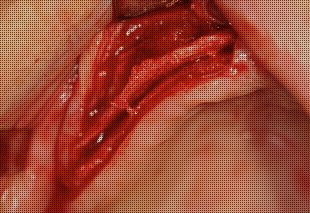
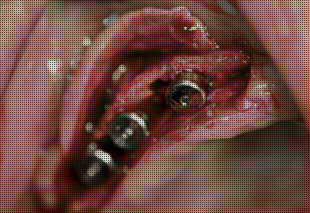
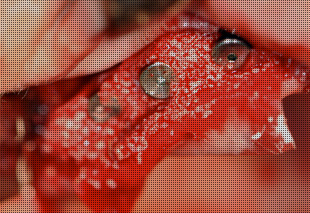
Expansion of the crest and immediate implant surgery
- vertical alveolar regeneration in which the bone height is restored
- bone grafts with or without osteotomy
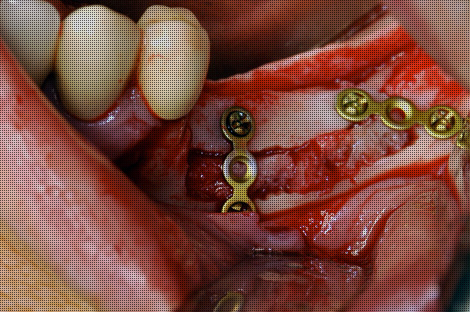
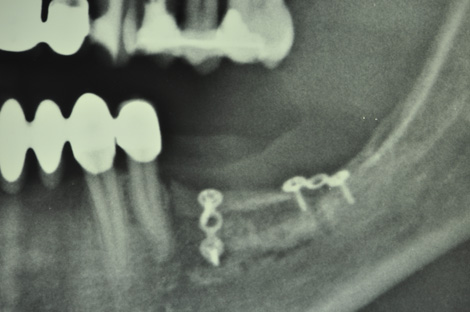
Osteotomy of the posterior mandible with inlay (sandwich) graft of autologous bone harvested from the hip
- maxillary sinus lift
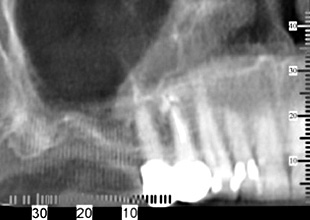
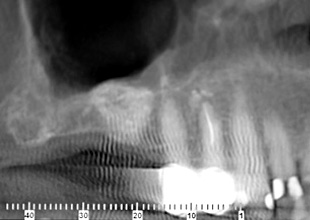
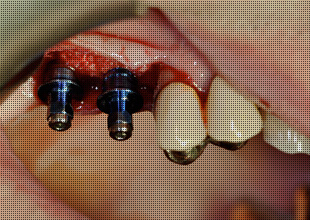
Right maxillary sinus lift with Bio-Oss® graft and deferred implant surgery
In case of mild or moderate atrophy, the surgeon can use synthetic materials (Bio-Oss® and membranes) to restore the bone tissue that has been lost and to proceed at same time to the placement of the implants.
In more complex cases and in severe maxillary atrophy, autogenous bone harvested from intraoral sites or hip is used to three-dimensionally reconstruct the jaws. The implants placement will be performed at a second time, and when the grafted bone has healed.
How is the pre-implant bone reconstruction performed?
Much of the pre-implant bone surgery is performed under local anesthesia and on an outpatient basis. Only the most complex cases are performed under local anesthesia with sedation or general anesthesia.
What are the complications?
The complications in this type of surgery are usually limited and are not serious normally.
Even in these surgeries as well as in implant surgery, there is no rejection of the grafted bone or material because there is no possibility of adverse immunological reaction. When a bone or material replacement graft is used, it may be subject to an infectious complication. When this occurs, fortunately very rarely, the overall health of the patient is not jeopordised, but the graft must be removed to allow healing.
- case reports
